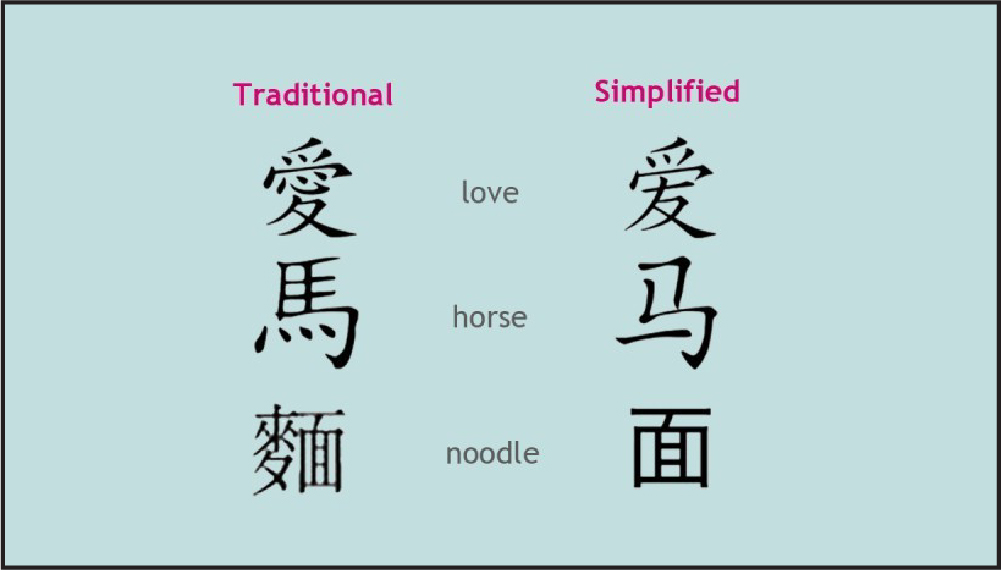Simplified vs Traditional Chinese – what’s best for your translation needs?
|
Font size:
Most people in today’s time and age recognize the prominence of the Chinese language in the realm of business and beyond. Combined with the fact that there are over 1.3 billion Chinese speakers worldwide, one thing is clear – there’s never been a better time to tap into the Chinese market than now. But despite the countless opportunities the market has to offer, Chinese speakers are not the most proficient in English. Therefore, to leverage these enticing opportunities, Chinese translation is a must.
But if you are scratching your head thinking “How do I figure out which Chinese script to translate my content into?”, fear not. In this article, we’ll reveal the factors that can help you make a choice between Simplified and Traditional Chinese in an instant. But before that, let’s investigate how different these 2 Chinese writing systems truly are. Read on!
What are the differences between Simplified and Traditional Chinese?

The emergence of the Simplified Chinese writing system
Differences in the total number of characters
Differences in character shapes

Traditional or Simplified Chinese translation – which should you choose for your translations?
Now that you recognize the differences that exist between Simplified and Traditional Chinese, it’s time to consider where your audience is located, since that will help determine your choice for translation. Which leads us to the follow-up question…
Where are Simplified and Traditional Chinese used most?
Simplified Chinese
Simplified Chinese is used by over 1 billion people and is the most widespread form of written Chinese. If you are expanding to mainland China, Malaysia, or Singapore, translating your content into Simplified Chinese could be your next best move.
Some natives from these areas can still comprehend Traditional Chinese writing. Nevertheless, Traditional characters are still bound to cause confusion and it’s recommended to avoid them altogether.
Age is another useful factor to consider. If your Chinese audience is younger and U.S.-based, it’s best to localize your content using the Simplified script. But if your audience is older, the Traditional script is likely to be a better option.
Traditional Chinese
Traditional Chinese is used by 30 million people in Taiwan (the Republic of China), Hong Kong, and Macau.
In Hong Kong and Taiwan, Simplified characters are understood relatively well by the general population. However, using the Simplified script is often frowned upon, since that’s perceived to be politically incorrect.
If you wish to tap into these markets, note that the writing systems of Taiwan and Hong Kong differ slightly in how the characters’ strokes are drawn. Natives from these countries are perfectly capable of understanding each other’s writing – but that doesn’t mean you shouldn’t cater to these individual speakers’ needs. Instead, translating your documents in the script they are most familiar with is more likely to help you win these markets over.




